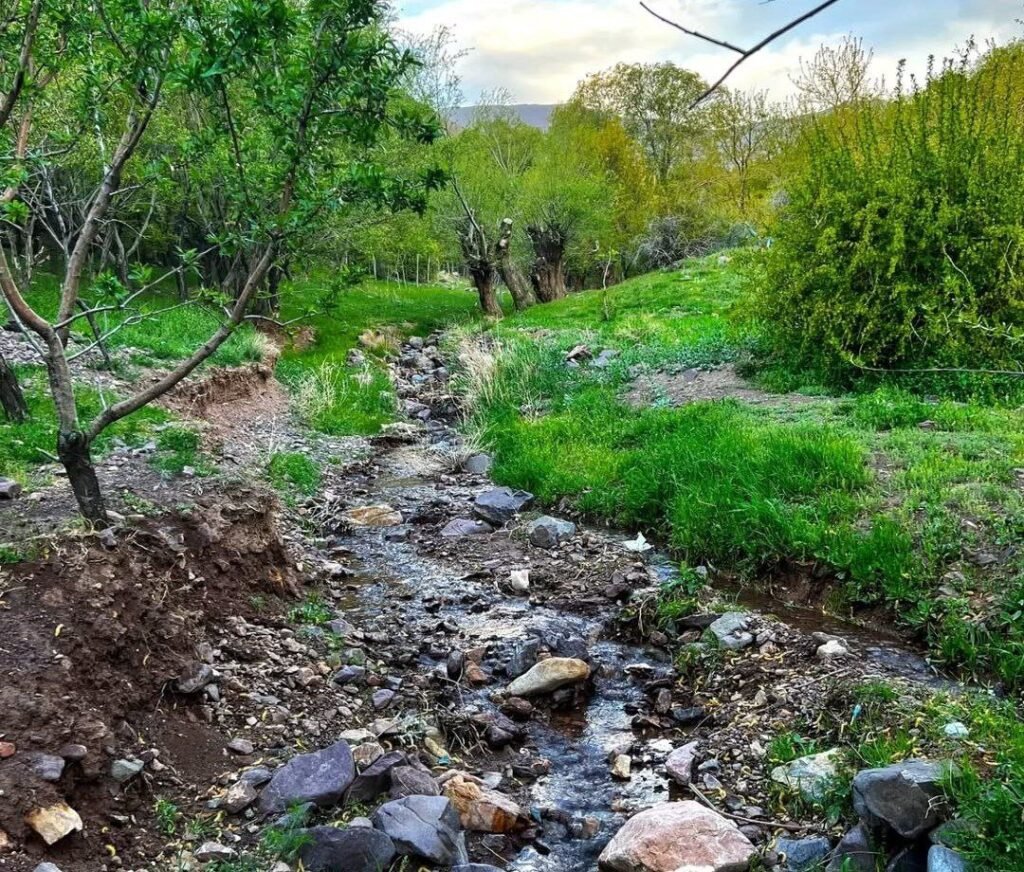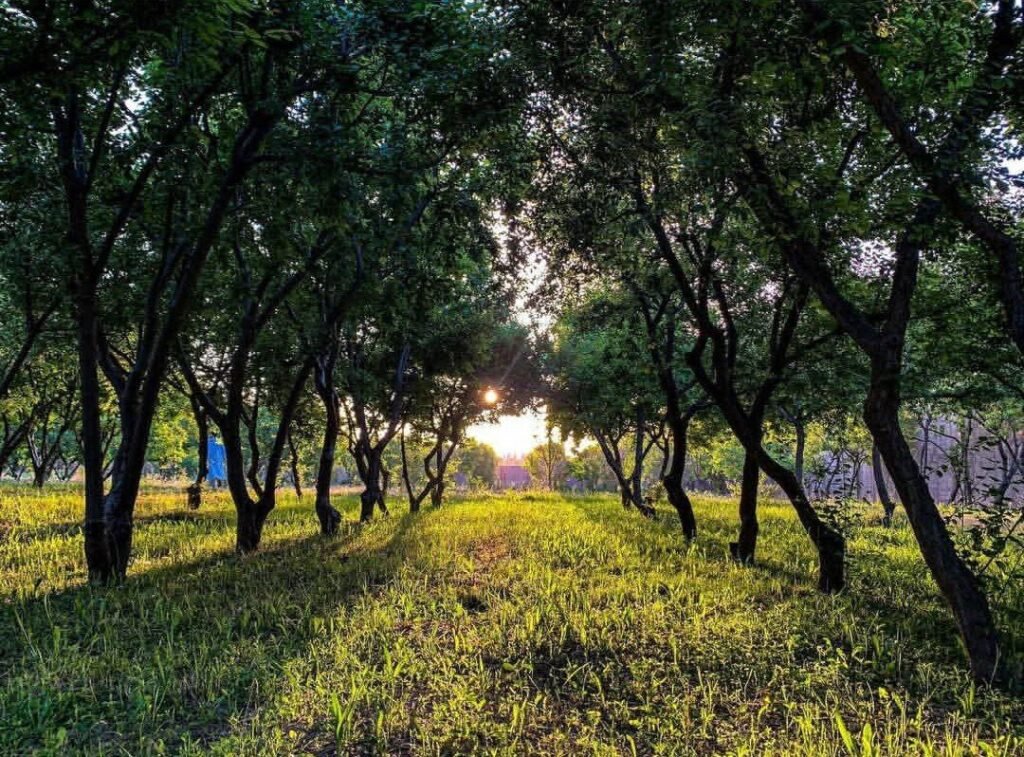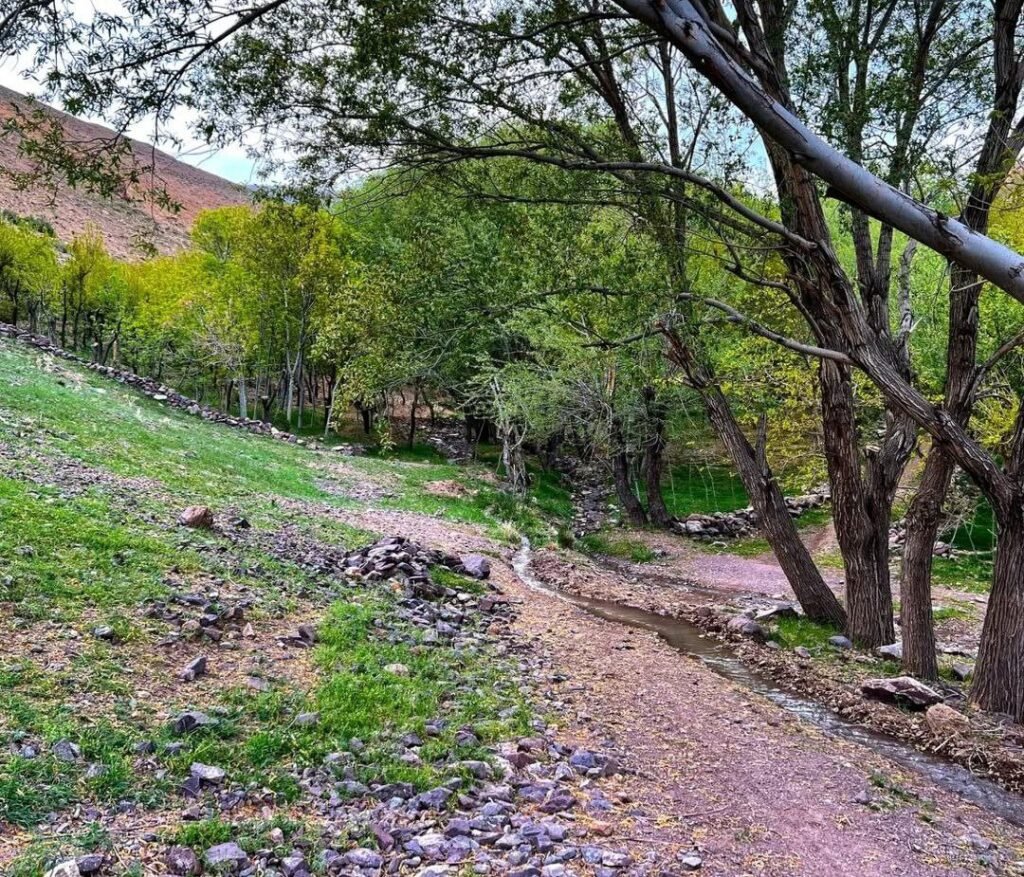Karukh District
Karukh District is one of the important administrative units of Herat Province in western Afghanistan. Due to its unique geographical location, cultural diversity, active local markets, and natural landscape, Karukh has become a popular recreational and local tourism destination for residents of Herat and neighboring provinces.
Geographical Location and Administrative Structure
Karukh District is located in the northwestern part of Herat Province. It consists of approximately 186 villages, scattered across mountainous and plain areas. Some of these villages have distinct natural or social features. The district is accessible by road from the center of Herat city, and its main roads are lined with small shops and roadside markets.
Natural Attractions
One of the most well-known areas in Karukh is Band-e Sabzak (Sabzak Dam). Although referred to as a “dam”, this location currently lacks a permanent water source and remains dry. Nevertheless, its surrounding landscape—composed of hills, open spaces, and mountain ranges—makes it an appealing destination for relaxation and leisure, particularly for nature lovers and weekend travelers.



Local Markets and Economic Activities
Karukh has several active local markets that meet the daily needs of both residents and visitors. These markets offer various goods including:
- Fresh fruits and vegetables
- Live poultry and processed chicken
- Local food products
- Dairy and dried goods
The central market of Karukh is one of the busiest areas in the district. It becomes especially crowded on weekends, as many travelers purchase necessities from this market before heading to recreational areas.
Accessibility and Transport Connectivity
Karukh is easily accessible from Herat city via a well-used road. Along this route, local vendors and mobile street sellers are commonly seen. The presence of these sellers highlights the economic activity in the area and offers convenience for travelers heading to picnic spots. Many vehicles stop along the road so passengers can purchase food and supplies for their outing.
Cultural and Linguistic Structure
Karukh is home to people from various ethnic backgrounds. The local dialect, a variation of the Herati accent, is known for its sweetness and friendliness. The district exhibits linguistic and cultural diversity, with subtle differences in language and tradition across different villages. This diversity contributes to the rich cultural identity of Herat Province.
Recreational and Social Capacity
Karukh is considered one of the most popular recreational destinations in Herat, especially on Fridays and holidays. Families often travel in groups to enjoy the open natural environment, mountainous views, and seasonal riverbanks. This custom is similar to the traditional picnics seen in other cities such as Kabul, where residents visit areas like Paghman, Qargha, or Cheshma Doogh for relaxation.
Educational Facilities and Social Development
Karukh District is equipped with primary and secondary educational institutions accessible to its residents. The number of schools varies from village to village and is influenced by the availability of government or local support. Educational development, particularly among the youth, has shown positive growth in recent years.
Place Names and Cultural Significance
At the entrance of Karukh, a sign reads “Shaheed Sheikh-ul-Islam Karukhi Highway”, likely named in honor of a historical or religious figure from the region. Such naming reflects the community’s respect for cultural and religious heritage and highlights the historical identity of the district.
Karukh District, with its blend of natural beauty, cultural richness, local commerce, and unique dialect, stands out as one of the most notable regions in Herat Province. Despite infrastructure challenges such as water scarcity in areas like Band-e Sabzak, Karukh continues to thrive as a hub for tourism, trade, and cultural engagement. Strengthening infrastructure in tourism, education, and agriculture can play a key role in the sustainable development of this district.